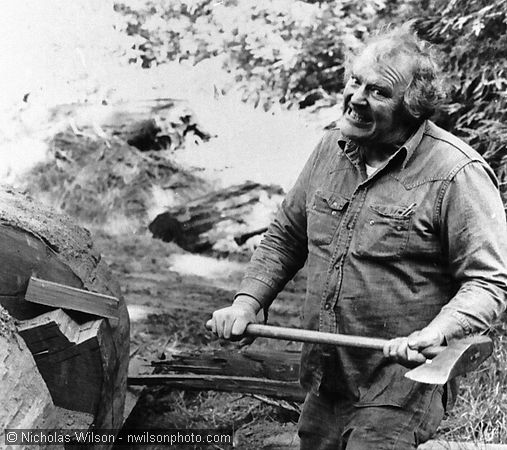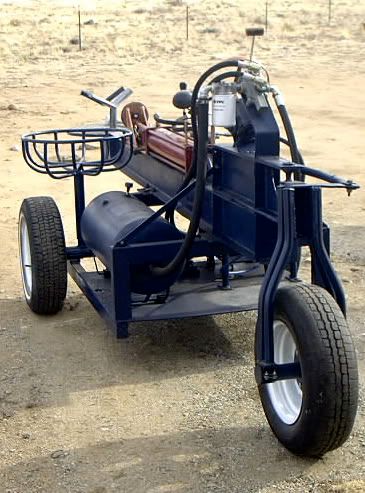sefh3, what are you running for a pump, engine and ram?
I am putting together a NON stock antique TJD "18hp" 2 cyl wisconsin engine that will drive a 28 GPM Barnes 2 stage pump via PTO clutch and Chain coupling.
I am using a 30 GPM valve to feed my 5X30 cylinder.
right now i am looking for a IHI RHB3 turbo to strap on, cuz I am sick like that

(they used them in chevy 1985-89 Sprint 1.0L and Daihatsu Rocky's.... if any1 has one)
the frame is built, waiting for my engine be4 i go any farther.
engine mods:
-3 angle valve job,
-backcut and polished valves.
-pocket ported
-aluminum heads (they also used cast iron)
-bored out .010
-custom 6v generator with magneto drive (I dig 6 volt)
-6v starter & hand crank.
to do:
-turbo her
-drill and tap oil fill hole in block
-assemble
I calculated that I will have 10.073 seccond cycle time (all down all up total of 60 inches) at WOT with the faster side of my 2 stage pump, that makes for an average of almost 6 inches of travel per seccond. to Limit the speed (for safety and for ease of use I am going to use a flow control valve to adjust cylinder speed from 0-6 IPM.
-Leo-



























































